Fishing San Diego Bay, ‘The Big Bay’
Rich fishing history
San Diego Bay, also known as ‘The Big Bay’, is a large natural bay that stretches twelve miles and borders five cities – San Diego, National City, Chula Vista, Imperial Beach and Coronado. The bay’s storied history includes a very rich fishing history. In the late 1800’s and early 1900’s fishing became a focus in the San Diego area.
Spearheaded by Chinese, Italian and Portuguese immigrants, commercial fishing became big business. San Diego became well known for producing canned sardines and during the lean years for the sardine population tuna became the focus. This lead San Diego to be known as the ‘Tuna Capitol of the World’. The Portuguese fisherman lead the way in this industry and for nearly half of a century the area was the primary commercial hub for tuna. Industry regulations dramatically thinned the commercial fleet starting in the 1970’s and the once thriving industry that ranked second only to the local naval operations began to shrink. The area has not forgotten its fishing heritage – the fisherman’s sweat and toil paved the way for many in the area.
Today when people think of San Diego and tuna, they are more likely to focus on the Sportfishing industry. Boasting the west coast’s largest long range fleet, San Diego Bay is home to a thriving fleet of big sportfishers and it is not unusual to spot a boat entering port with the tails of cow tuna lined up along the stern. Local fishing is also well known and many anglers come to the area just to experience all our local waters have to offer. Ironically, the main port of call for many Sportfishing operations is home to one of the most diverse fisheries of them all – the bay itself. San Diego is ranked as California’s second largest city, yet there are days on the bay that would lead you to think otherwise. The lure of yellowtail and other more ‘notable’ species often leads to a lot of elbow room in its largest port.
Home to the US Navy’s Pacific Fleet, this large bay offers great fishing for a variety of species from the South Bay all the way to the headlands of Point Loma. Many exotics have been recorded in the bay – you name it, it’s likely there has been at least a rumor of a catch of that species. I’ve seen pictures and heard stories of jack crevalle, tuna, hammerheads and even the occasional sea turtle. As for bass, the bay offers fishing for all three species. Large calicos, while elusive, are there. Sand bass are a favorite target species and I’ve seen and caught some grumpy sandies off of bay structure. Spotties are often overlooked by anglers and many would consider them to be bycatch. That’s good news for those who pursue the bay bass!
IT’S TIME TO BRAWL!!!
Spotties abound
Yeah, yeah, now that the history lesson is out of the way…let’s talk spotties. If you’ve never fished the Big Bay it might seem overwhelming to look at a map and figure out where to start. I can tell you that there is no wrong place to go searching…they are all over the place. The only ‘wrong’ places are the closed areas. Due to Naval presence there are many areas that are off limits. You will notice most if not all of the active Navy ships are roped off by stringers of large buoys – we call ’em the ‘hot dogs’. They’ve updated some of them to clear screen barriers for better visibility, but either one means ‘keep out’. If they are swung open, they are not inviting you in! In the day and age of potential terrorist threats the military police will not buy your ‘I just wanted to pitch a couple jigs at those docks’ story. Too bad – I’ve heard rumors of giants from those who have special privileges. More open areas up in the Ballast Point area, inside of the bait barges submarine docks are also off limits.
Signs are fairly clearly posted where access is restricted – like the bumper sticker says – ‘if you can read this you are too close’. You’ll be surprised how much 300 feet can vary in the eyes of a Naval Security boat operator. A lot of North Island is also restricted but the patrol boats can sometimes give you a little more leeway there. As a general rule of thumb – anywhere near a ship or military dock is a ‘no way’ scenario. Listen to the gray patrol Navy boats if they talk to you and be courteous – they are more apt not to hassle if you don’t give them lip. Some of them are actually pretty cool if you give them respect in return. The specifics of naval restrictions are very vague and open to interpretation in San Diego. Technically, almost everywhere is closed if you wanted to go by the absolute letter of the law – fortunately common sense will get you by. Its fun to buck the system every once in a while but do it too much and you’re going to get the treatment. There are several ‘military restriction zones’ that are off limits for the tournament, which are clearly defined in the closures map.
I’ll break up the Bay into three segments – the south/south bay (south of the Coronado Bridge), mid-bay (from the bridge up to Harbor Island / bend in the bay) and the upper bay (the bend to the mouth). Each area is full of diverse opportunities. As with any bay, tides can be king in all areas. As the tide progresses in either direction areas can flip a switch to on – and in a boat you can plan your moves accordingly. For each area I’ll cover general characteristics, any hazards & closed areas and some personal experience. One thing I’ve learned – don’t follow, LEAD. As you drive around you’ll see so many great opportunities if you look. You bass hunters are bound to find a million opportunities I never knew existed – and I’m excited to see how this goes down!
South Bay Spottie: Terry Hastings lands this 3.32 in San Diego Bay.
Shallow Haunts: This part of the bay hosts shallow/warmer water and tons of eel grass; favorite haunts of the Spotted Bay Bass.
Some call this area the ‘Playground’. If you can’t find the spotted bay bass here – well you might have forgotten your rod & reel. The majority of this area is relatively shallow compared to the rest of the bay and eel grass is abundant. Naturally there are hot spots and whatnot but there are bass in just about every grass flat and channel edge. It’s not unusual to have days where a couple guys’ boat 100+ fish when conditions are good – just ask local icon Ed Ries. At a young 90+ years of age, he still gets out and puts on a clinic in the south bay on a regular basis and keeps detailed catch statistics that add up to whopping totals. Every scenario for spotties you can imagine exists here. Interesting stuff all over the place! So much of the underwater landscape is unknown that a 50′ sunken barge was ‘discovered’ by a sailboat’s keel a couple years ago (since removed for all of you fish finder junkies). The shallower water gives way to the deeper channels up towards the big blue Coronado Bridge and along the east side – but as with any zone in the bay do not be afraid to look for spotted bay bass in deep water around structure and on clam beds. I’ve caught plenty of solid spotties on swimbaits and heavy spinner baits in very deep water. The south bay is big and takes up about 1/2 of the bay – and its warmer water keeps the action going strong year ’round. Lots to explore!
The south bay is where I got my first big bay spottie and the last time I let my then girlfriend (now wife) out fish me – I make sure she gets the dull hooks now. She still holds the household corvina trophy which brings me much internal shame. Weedless stuff is a good bet for some of the thicker eel grass flats unless you’re doing the crank or spinner thing. The key for me in the past has been move around and find the biting areas and you’ll often find them loaded up. Lots of bird & bait action back there so pay attention to that – it can be a key that unlocks the puzzle. There are several marinas and dock areas that hold fish as well (aside from the Amphibious Base – which holds fish but will be out of bounds during the tournament).
The back areas and near the shoreline in some areas of the south bay can get very shallow during lower tides. Use caution when running your boat at higher speeds and keep an eye on the meter. For larger vessels there are channels on either side marked with red & green buoys but the shallower draft of our boats can roam the flats without issues for the most part. Do be aware that there is at least one significantly shallow shoal in front of the Coronado Cays that borders the navigational channel. Not the ideal way to anchor…past the J Street/ Chula Vista Marina area south it just gets plain old shallow, so be careful. On the east side there are many private contractor and naval shipyards which are marked off by buoys/floats. As mentioned earlier, don’t venture inside these buoys unless you want to get the MP treatment. ‘If the ship is gray, find another place to play’.
I’ve always looked at this entire area as I would trout stream when the tide has got the current going. I usually pay close attention to bait in this zone too – there are times when it really stacks up, especially toward the corner. Both are good things to observe and take note of when dissecting this portion of the bay – and it may tell you a lot about how the spotties will be positioned. Lots of deeper water, even right up against stuff – so pitching swimbaits and spinnerbaits and working them tight to the ‘stuff’ is a good bet. Cranks and the rock jetties/walls – you know that drill.
Other than the active ships there isn’t much that’s strictly off limits. The Navy dock that the Midway (aircraft carrier) is off limits for the tournament. Most of this area is good to go otherwise – sometimes patrol boats will get touchy around cruise ships so be smart about it.
Diversity Here: Marinas full of docks, moorings, isolated structure, rip-rap and boat traffic.
The right side of this stretch; as you make your way towards the bay entrance is dominated by rocks and docks. Two ‘Islands’ Harbor Island and Shelter Island frame the docks and act as borders to the main channel. Inside various harbors you’ll find moorings, America’s Cup boats, ‘super yachts’, sportfishing boats and just about every dock scenario you can think of. The main channel has moorings – and if you spend some time looking – lots of patches of isolated structure. By my estimation there are six trillion pounds of lures on the various reefs and structure, I imagine the colors must be unreal – I know I’ve made significant donations. All of it is open to fishing until you pass Shelter Island Yacht Basin, the last set of marinas on your way towards the bay entrance. Beyond that you get back into naval areas that are closed. The US Navy leases out the area to the bait barge and technically there is no fishing around those either – it will closed for the tournament anyway. The gray boats patrol this area constantly, chances are you get in tight to the docks and you’ll get swooped on. Is it worth it if you’re not in a tournament? Hmmm, just maybe, or so I’ve ‘heard’.
Past the Ballast Point area there is a large flat that runs right up to the Point Loma headlands. This is not an area devoid of our spotted friends and during certain times they can be found in numbers here. As a bonus you might happen across some of our checkered buds in tight. As I’m writing this I do not know what the boundaries will be – but I imagine unless you just have to give the calicos a go you won’t be venturing too far up towards the point. If it is in bounds it might be tempting though…one of my favorite catches in this zone was a good halibut that crushed a spinnerbait in inches of water. Hang on tight and be ready for anything in these areas.
On the North Island side the rule is to stay 300 feet/ 100 yards off of shore. Local Navy estimations of your actual distance may vary. Lots of eel grass, old pilings, sunken jetties and goodies as you work your towards the bay entrance. One item to note – the ‘ammo dock’, a large ship dock that rarely has a ship on it, is a particularly sensitive area for the Navy patrol boats. It will be off limits during the tournament so don’t bother picking that apart, but if one were to own a drab olive kayak one might be able to squeeze under and behind that dock undetected and rope some nicer grade bass – or so I’ve heard. Getting them up and over barriers and out of pilings…another trick.
After the bay side of North Island ends you’ll find the Zuniga Jetty. The jagged outcropping extends well into the bay mouth and can be a big spottie zone. The spotties I’ve cranked or jigged off of it have for the most part been mean and battle tested. I will mention the eel grass bed on the outside (south) side of the jetty. This is another hangout for the red eyed bass although I personally haven’t logged significant time on that side. Might be worth a check for fun, but it will be out of bounds for the tournament.
Not many hazards in the area aside from clearly marked shoals at cove entrances and the Navy patrol boats. Be careful around Zuniga Jetty, what looks like a promising gap might be a shallow rock if you decide to run over it. If you happen to pull up a pretty neon blue and yellow shrimp don’t play around with it. The mantis shrimp is known as the ‘thumb splitter’ for a reason…
So there’s a quick overview of San Diego Bay – now get out and get your big spottie spots dialed! See you all in February
By Andy Wright

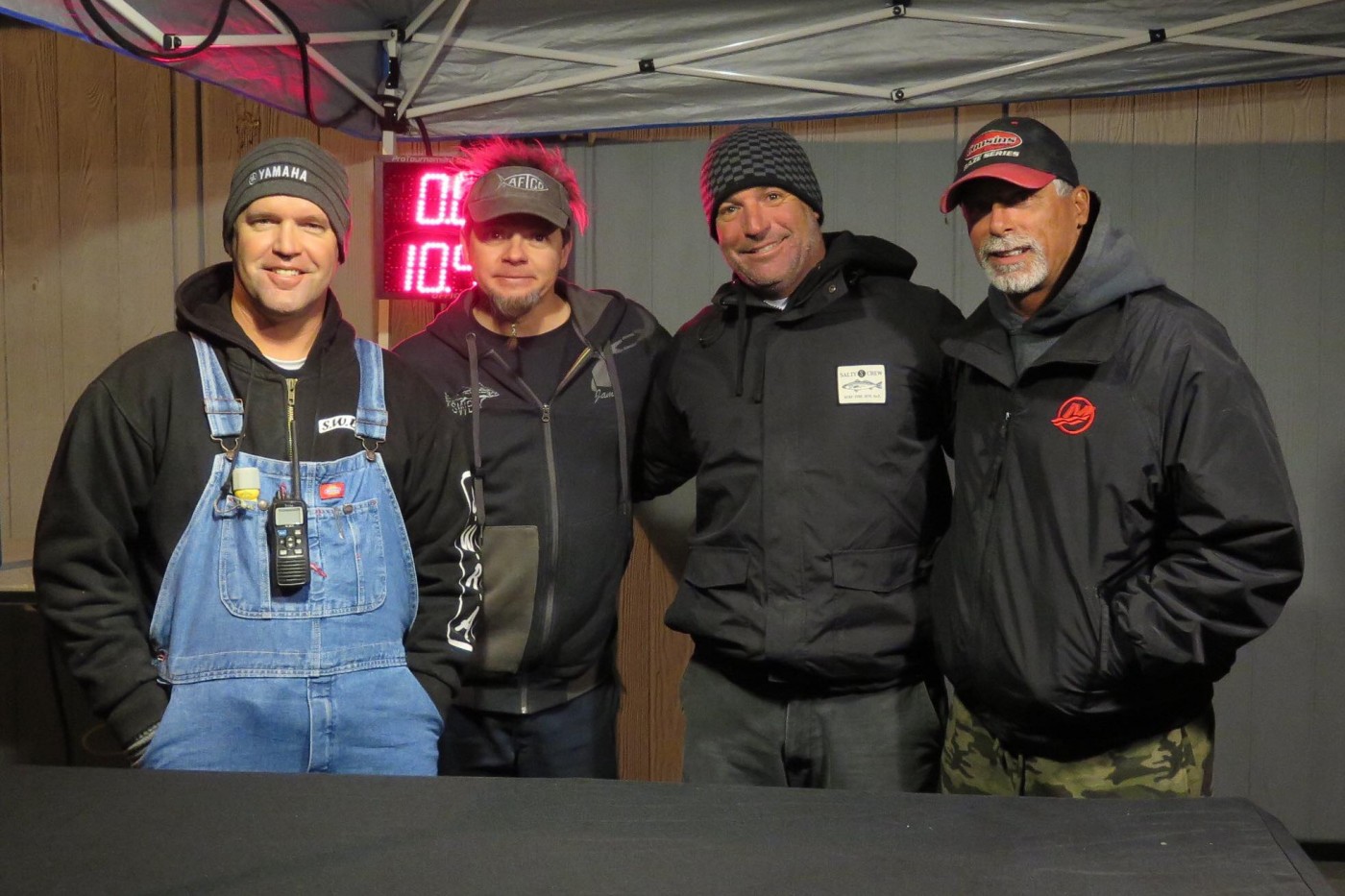
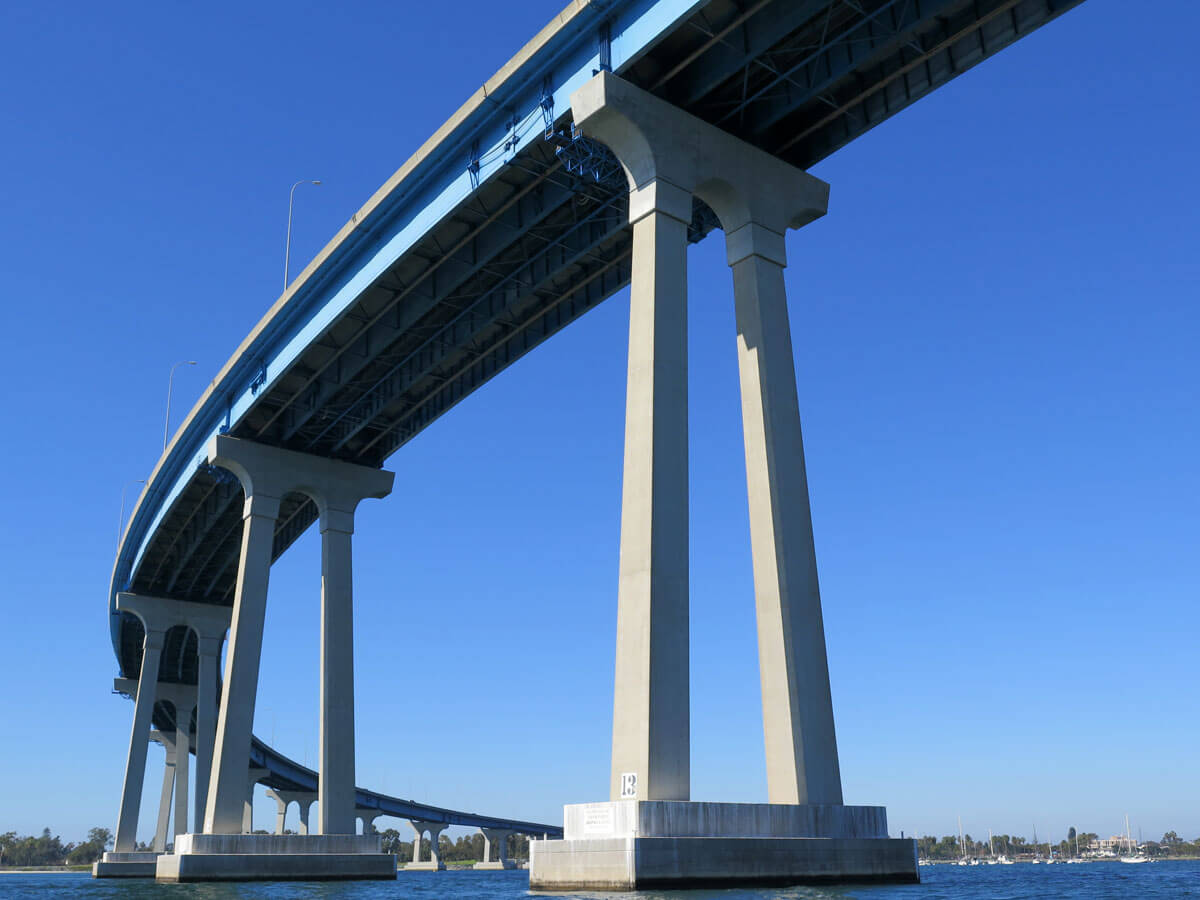
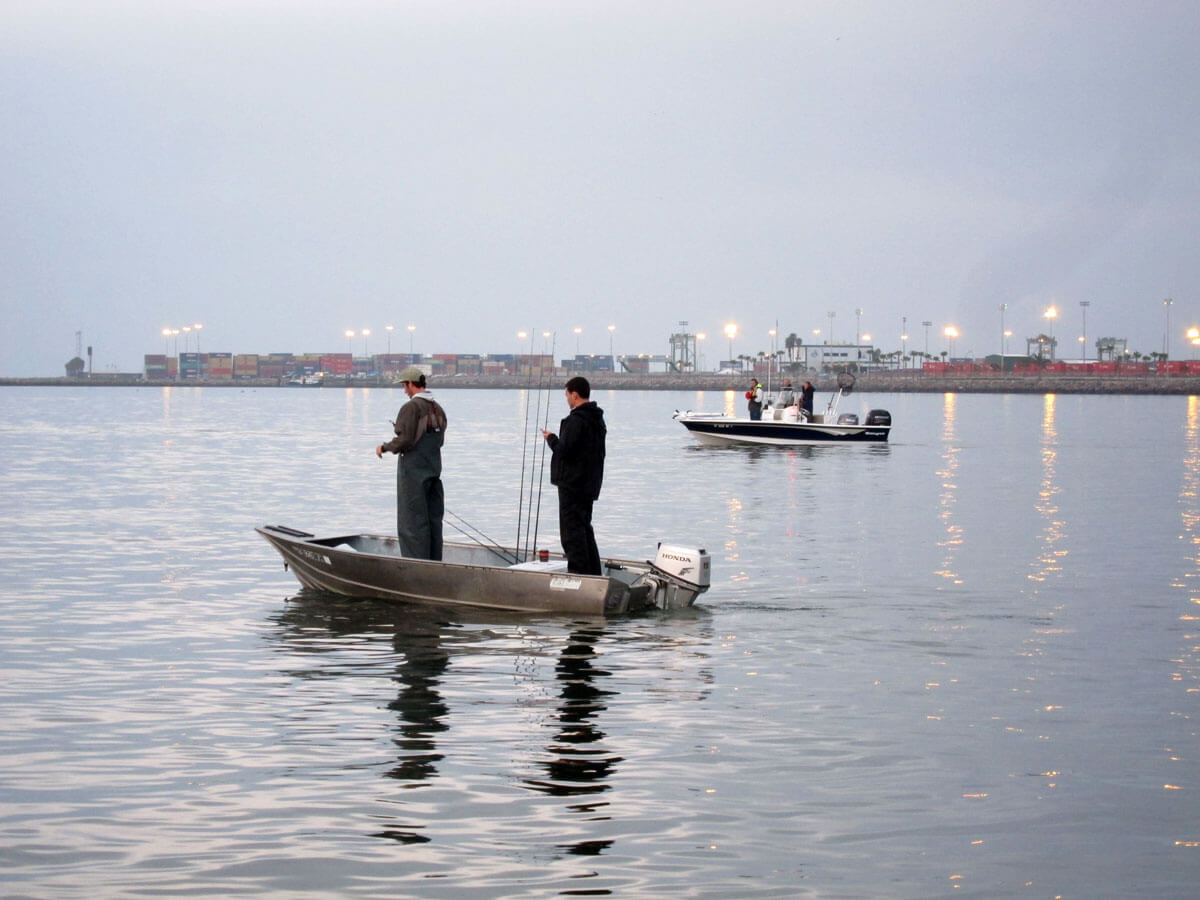
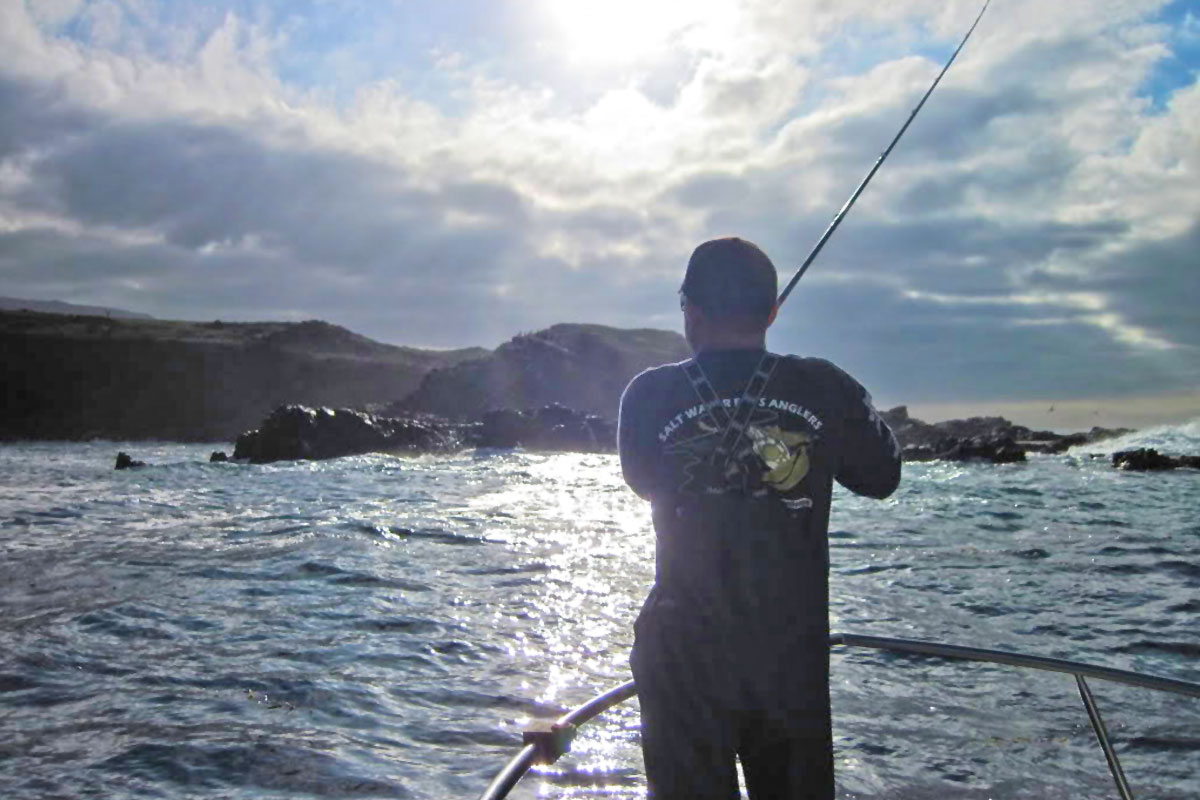
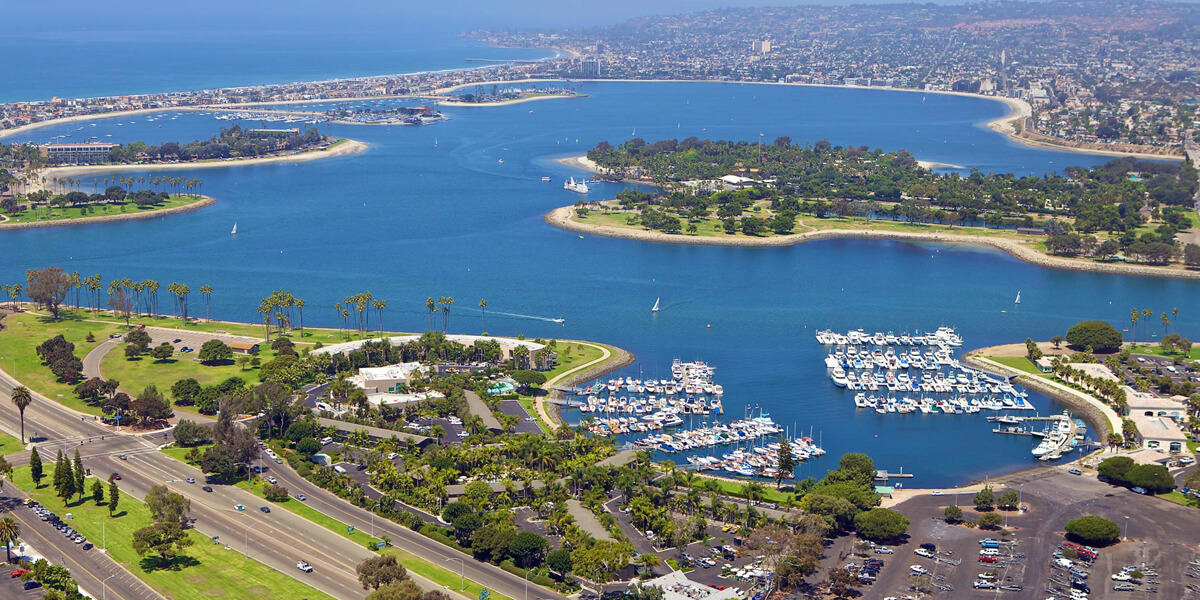
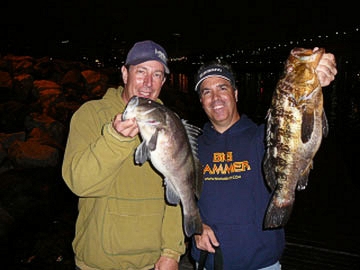

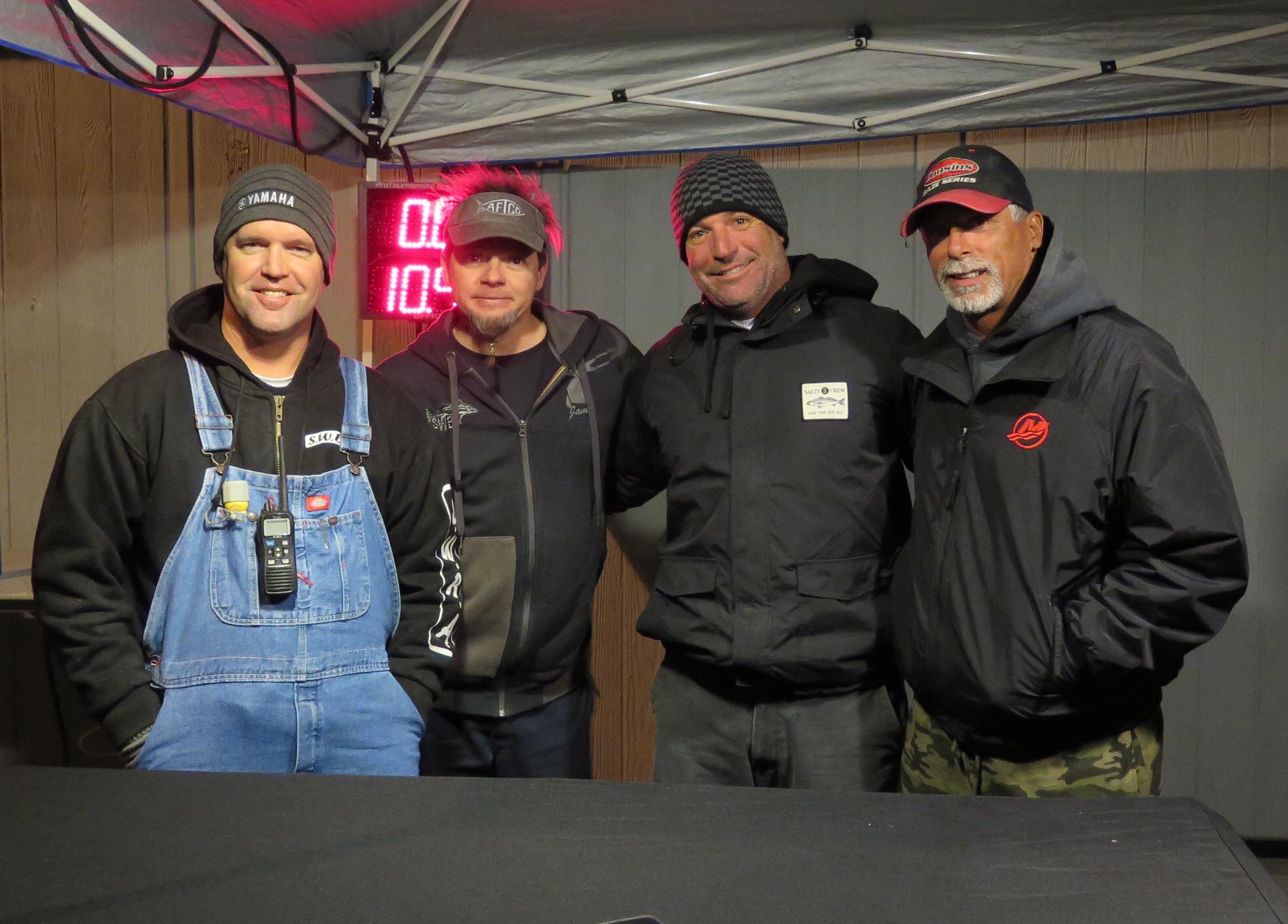






Got something to say?